 Solar Panel E-Waste: How to Address Challenges & Solutions
Solar Panel E-Waste: How to Address Challenges & Solutions
Mar 14, 2024
The solar energy sector has seen an exponential growth in the recent years driven by the pressing need to transition towards more renewable and sustainable sources of energy. As a leading solar panels supplier, our company has been at the forefront of this significant shift, promoting the adoption of solar energy. Solar panels, with their promise of clean, renewable energy, have become a mainstay of sustainable energy solutions. However, as the industry expands, a less discussed issue is coming to light – solar panel e-waste. While solar technology provides an invaluable source of renewable energy, it also gives rise to a significant amount of e-waste, a repercussion that often goes unnoticed. The Concern: Solar Panel E-Waste: Solar panels, like any other product, have a definite lifespan averaging between 25 to 30 years. Once they reach their end of life, they contribute to the already burgeoning e-waste problem. The process of manufacturing solar panels involves a complex mix of materials, many of which are non-degradable, posing a significant environmental challenge. The resulting waste not only consumes a substantial amount of space but also risks wasting critical raw materials that could otherwise be reused or recycled. Problems with Existing Disposal Methods: The current methods of disposal at our disposal are, unfortunately, largely inefficient and greatly contribute to the escalation of the e-waste crisis. These methods often involve the use of landfills or incineration, both of which have serious environmental implications. Landfilling, for instance, poses the risk of harmful substances leaching into the soil and contaminating groundwater. Incineration, on the other hand, can release toxic fumes into the air. Moreover, these methods fail to recover the valuable materials contained in the panels, such as silver and silicon, leading to a further depletion of these resources. Effective Solutions for Addressing Solar Panel E-Waste: To counter this issue, it is crucial to develop and implement more effective and environmentally-friendly solutions. Advances in recycling methods and material recovery techniques can play an instrumental role in mitigating the problem. For instance, new technologies that allow for more efficient extraction and reuse of valuable materials from old solar panels have the potential to significantly reduce e-waste. Furthermore, regulations promoting circular economy principles, where waste is minimized and resources are kept in use for as long as possible, can also help alleviate the problem. Role of Businesses and Consumers: The responsibility of addressing the solar panel e-waste issue lies not just with policy makers and recycling companies, but also with businesses and consumers. As solar panels suppliers, businesses need to take responsibility for the lifecycle of their products. This means not only manufacturing the panels but also ensuring their resp...
View More
 Solar Panel E-Waste: How to Address Challenges & Solutions
Solar Panel E-Waste: How to Address Challenges & Solutions
 Revolutionizing Solar: Top Business Models for Growth (2024)
Revolutionizing Solar: Top Business Models for Growth (2024)
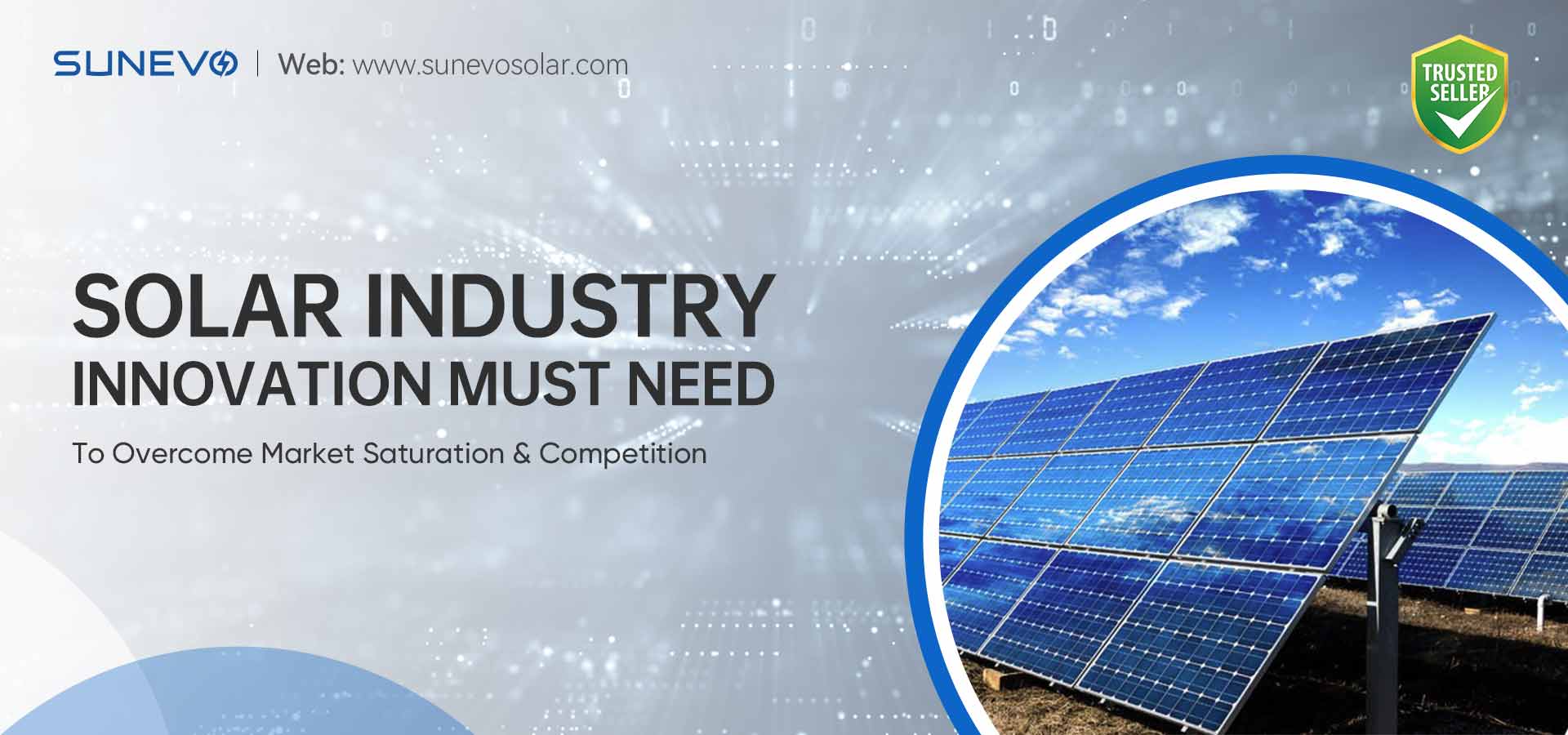 Solar Industry Needs Innovation To Overcome Market Saturation & Competition
Solar Industry Needs Innovation To Overcome Market Saturation & Competition
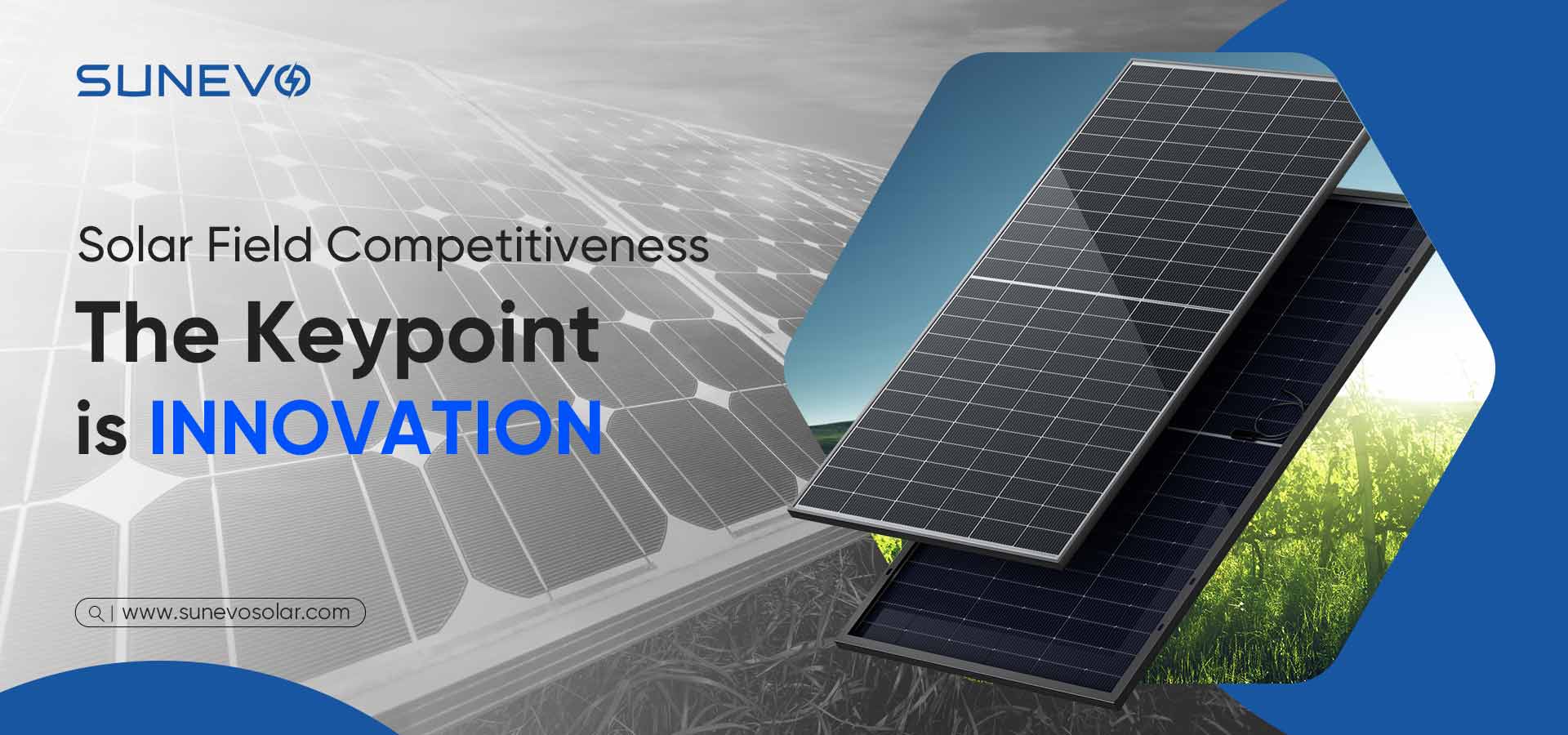 Innovation As The Key To Solar Industry Competitiveness
Innovation As The Key To Solar Industry Competitiveness
 How Protectionism Can Hinder the EU's Solar Energy Ambitions
How Protectionism Can Hinder the EU's Solar Energy Ambitions
 Solar Panel Efficiency: How Weather Affects Performance
Solar Panel Efficiency: How Weather Affects Performance
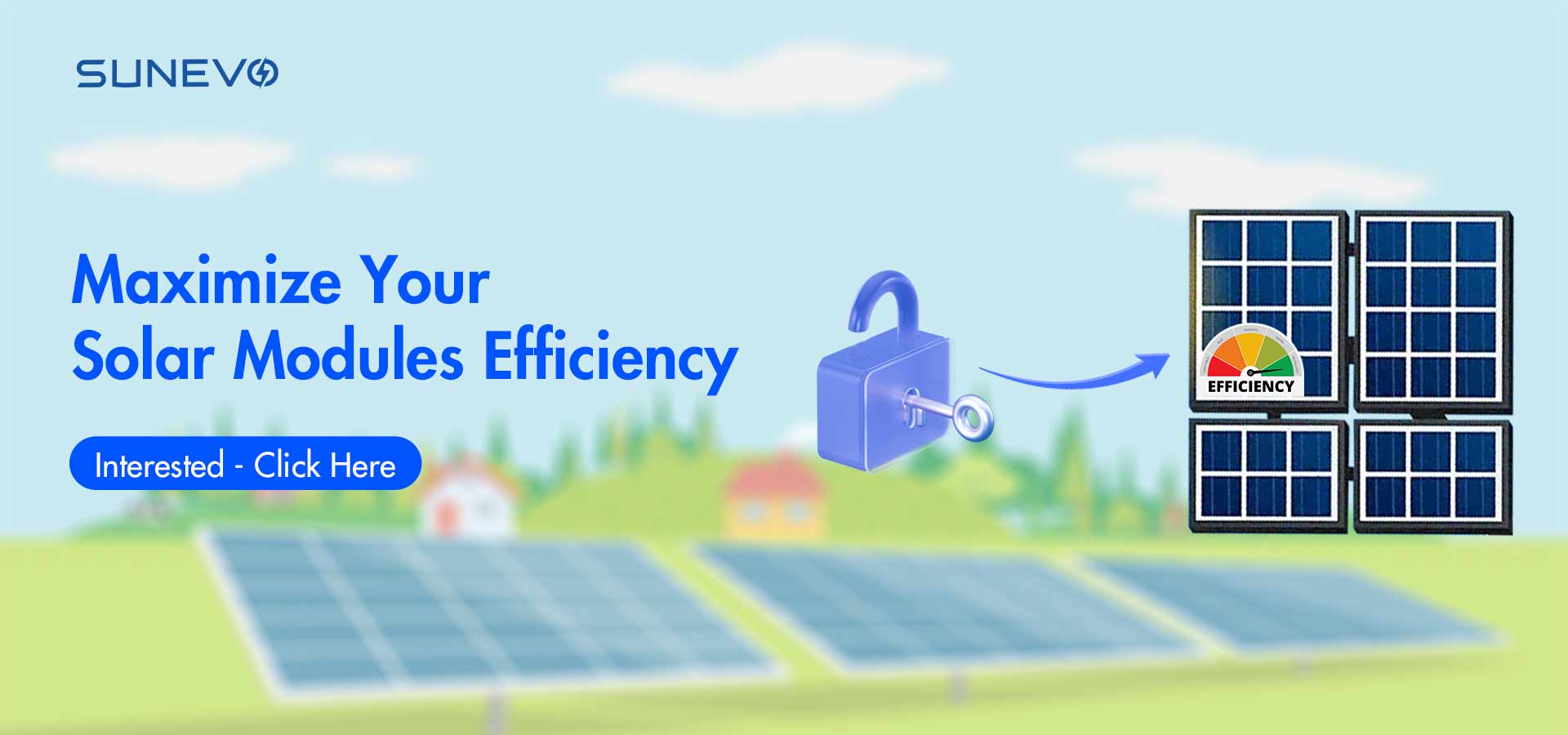 Boost & Unlock Your Hidden Solar Panel Efficiency
Boost & Unlock Your Hidden Solar Panel Efficiency
 ALERT: 2024 Chinese Spring Festival Is Coming
ALERT: 2024 Chinese Spring Festival Is Coming
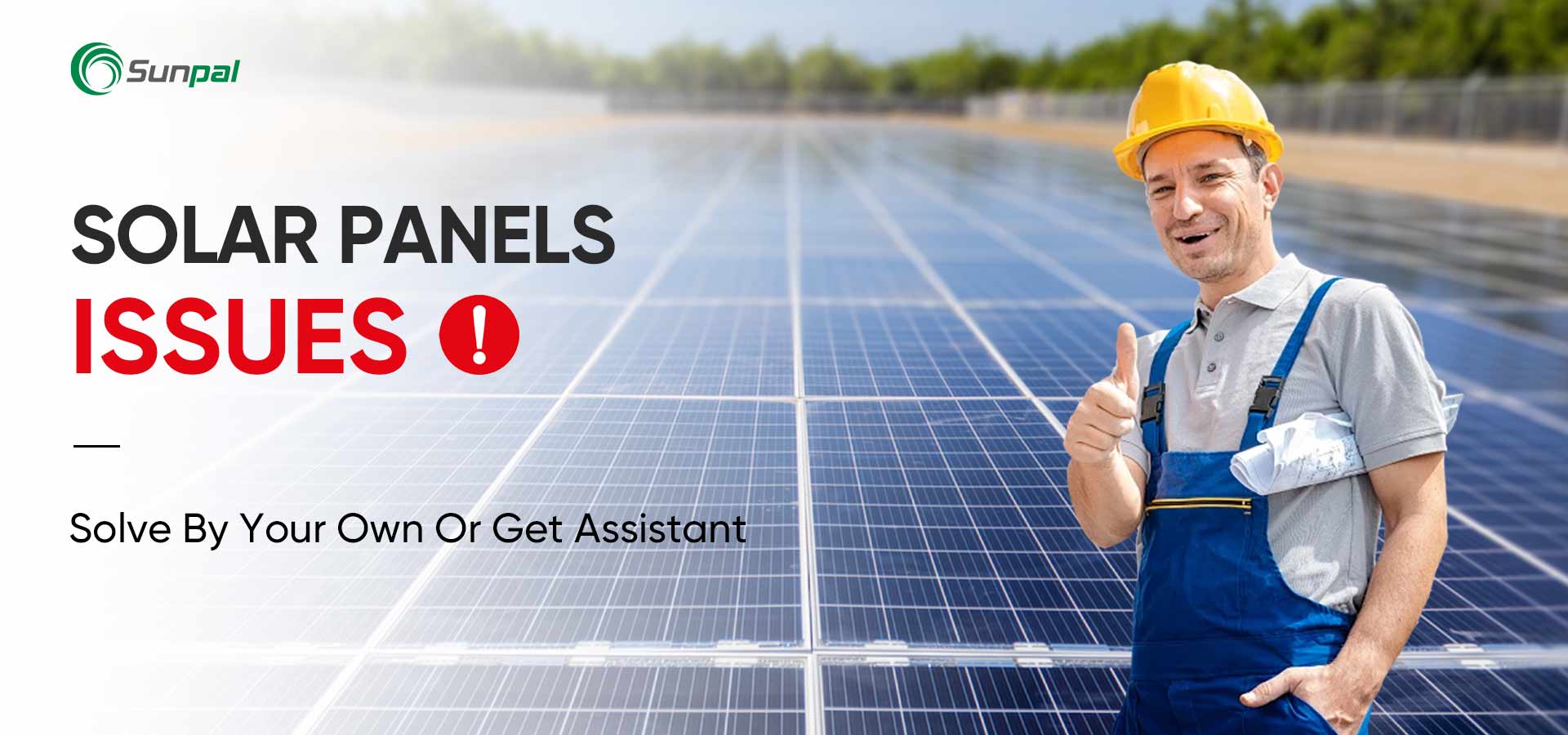 Solar Panels Simple Tiny Issues - How To Solve By Yourself
Solar Panels Simple Tiny Issues - How To Solve By Yourself
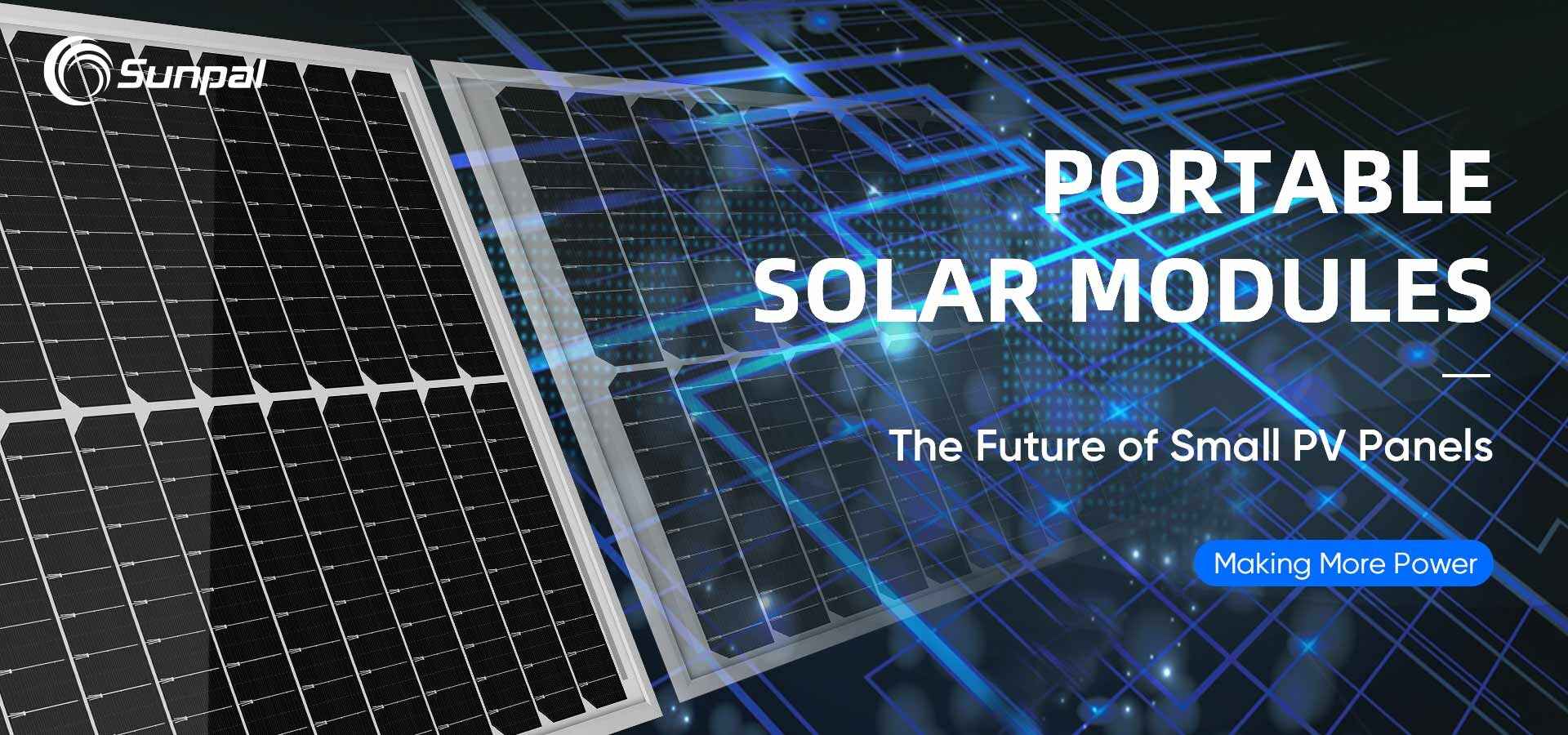 Powering Up Small: Solar's Future with Compact Panels
Powering Up Small: Solar's Future with Compact Panels